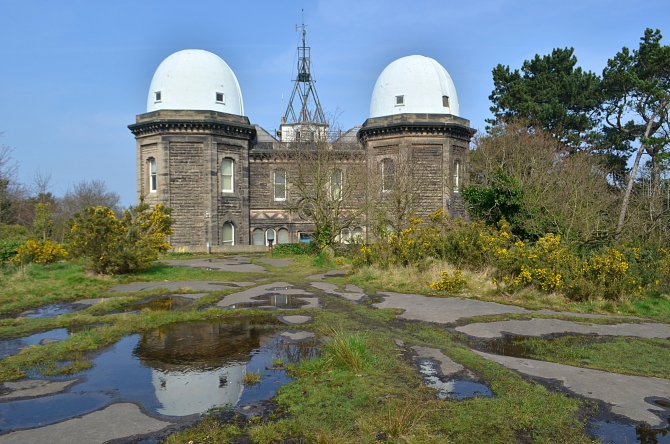Since 2010 the Government has sold off more than 1,200 publicly owned buildings and chunks of land. Now, to accelerate its real estate slim-down, it is launching an interactive map to help investors and developers discover “underused” land or property.

For the first time companies and individual can search the Government’s vast property portfolio and, under recently launched Right to Contest legislation, demand to know if the site is being used effectively. If Whitehall cannot justify its use, the property will be released and offered for sale.
Previously, members of the public only had the right to challenge the wider public sector where land or property was derelict or empty. Under the Right to Contest scheme this right is extended to include all central Government land and property, both vacant and occupied.
Once identified as being under utilised, it’s then up to the Government to give reasons why a particular property or acreage should not be sold off. Cases will only be rejected if Government departments can demonstrate that the site is vital for operational purposes or that alternative considerations outweigh the potential for better economic use.
About 31,000 publicly owned assets are listed on the site. As a region the North West contains the biggest single cluster of 4,000 individual properties or pieces of land.
Central government owns almost £350 billion worth of land and property. Estimates suggest that up to 40 per cent is suitable for commercial development and about 27 per cent of brownfield sites could be used for housing.
Although the Cabinet Office claims that “historic assets such as Downing Street or the Treasury building won’t be sold off”, around 500 properties on the web site are listed as landmarks.
Among them is the Grade II listed Bidston Observatory on the Wirral (pictured). Built in 1866 it is now owned by the Natural Environment Research Council. Also registered is the former RAF Wyton site in Cambridgeshire, from which the RAF mounted its first sortie of the Second World War.
Several prisons closed by the Ministry of Justice are also up for sale including HMP Shepton Mallet in Somerset, which was Britain’s oldest working prison and housed the teenage Krays after the war.
Since the Coalition came to power 1,250 properties have been sold off, saving the Government at least £1.4bn in maintenance. Extricating itself from long-term leases has also reduced the cost of running the estate by £647m, compared with a 2009-2010 baseline.
“As part of our long-term plan for a stronger economy we are slashing our own costs and getting the most out the property we own,” said Cabinet Office minister, Francis Maude.“We want the public to use this new map and Right to Contest to challenge us to release properties we are not using efficiently enough to cut the deficit and support growth.”
Savills, head of public sector consultancy Alex Dawson, said developers were certainly aware of the Right to Contest scheme but his agency was yet to handle an application. “There are some organisations in the public sector that operate more slowly than others and if this web tool speeds things up that can only be a good thing,” he added.